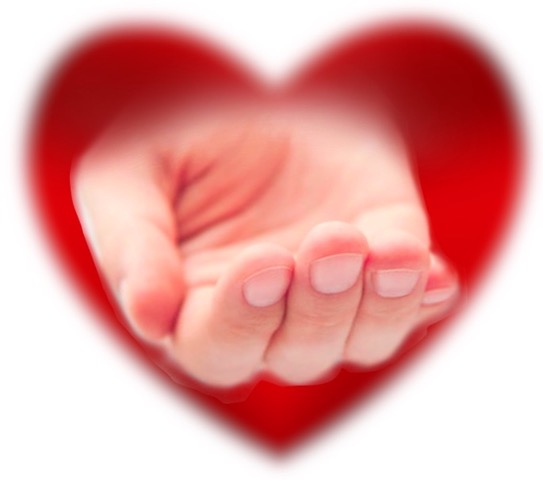Will vs Wisdom

When you look at this image, what do you see?
Do you see a goblet or vase in the middle?
Do you see the profile of two apes or monkeys?
This vase/face image is a metaphor I have been using for differentiating between our will, which is based on survival, and our wisdom, which is based on our higher values.
I have created a meditation using this metaphor to help connect with our inner wisdom. This is particularly useful when faced with a decision we need to make or when we need guidance about an issue that we are feeling confused or worried about.
Let me use an example from my life to demonstrate how this meditation can be used.
My 92-year-old mother-in-law recently moved to assisted living. She was having trouble adjusting to this move and was experiencing high levels of anxiety along with some mental confusion and depression. She lives in Florida. I wanted to go out and help her, but I felt conflicted and confused. She has six sons (no daughters), and I did not want to step on their toes by going out. The trip takes time and money to make. I was unsure if I would be a help or a hindrance, and I could not tell if she wanted me to come out.
My will represented trying to please everyone and my concern about money and time. It kept me going round and round. I wanted to eliminate the threat and make the “right” decision.
I did this meditation, and within a few minutes, I got a very clear answer: “She needs some feminine energy; go.” After the meditation, I could feel the love and caring manifested in going to see her.
Nothing is wrong with our will; it can help us persevere when needed, but it can cloud our ability to get in touch with our wisdom.
Here is a recording of this Inner Wisdom Meditation. You can stop it at any time if you need more time.
Inner Wisdom Meditation
Did you try the Inner Wisdom Meditation? How did it work for you?



Recent Comments